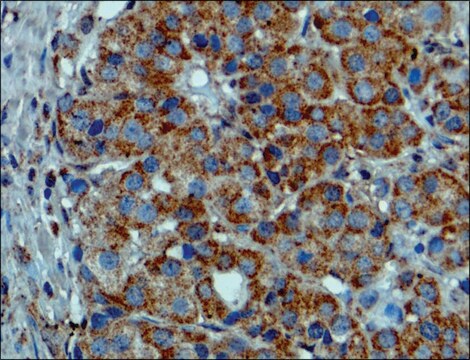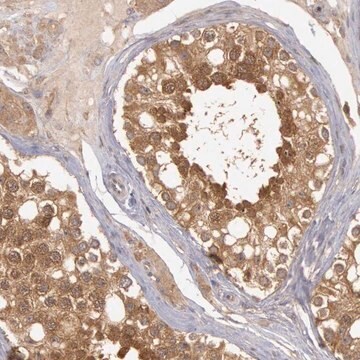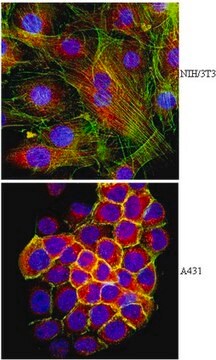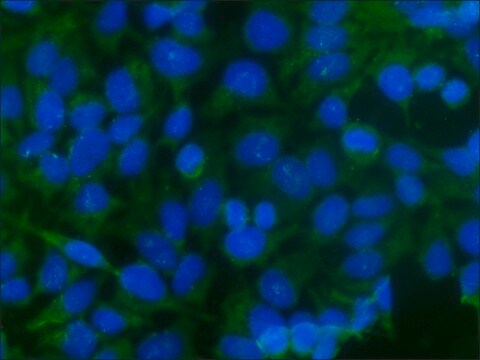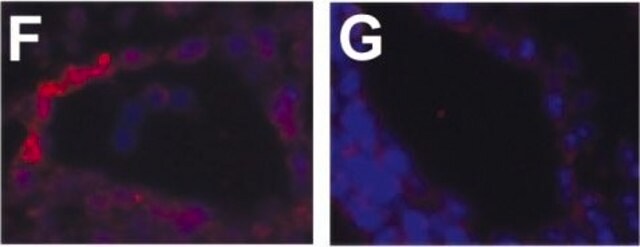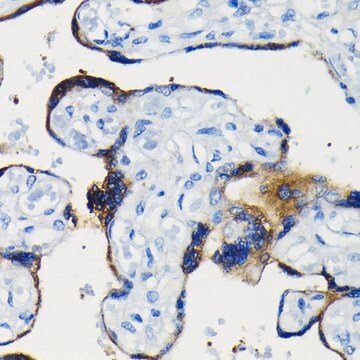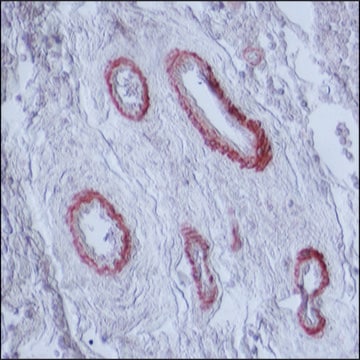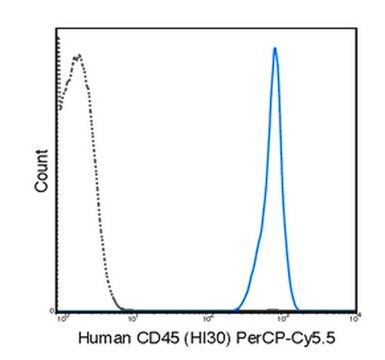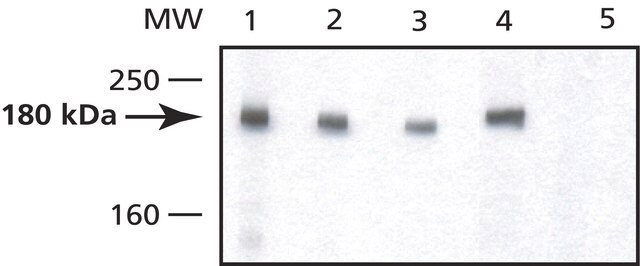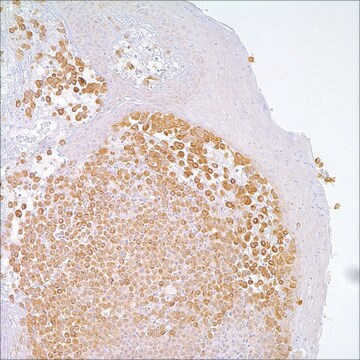SAB4200772
Anti-BRAF (V600E) antibody produced in rabbit

affinity isolated antibody
Sinónimos:
Anti-Proto-oncogene B-Raf, p94, Anti-Serine/threonine-protein kinase B-raf, Anti-v-Raf murine sarcoma viral oncogene homolog B1
About This Item
Productos recomendados
origen biológico
rabbit
Nivel de calidad
forma del anticuerpo
affinity isolated antibody
tipo de anticuerpo
primary antibodies
clon
polyclonal
Formulario
buffered aqueous solution
mol peso
~95 kDa
reactividad de especies
human
validación mejorada
recombinant expression
Learn more about Antibody Enhanced Validation
concentración
~1 mg/mL
técnicas
immunoblotting: 2-4 μg/mL using extract of human HEK-293T cells over-expressing BRAF mutant (V600E) protein
Nº de acceso UniProt
Condiciones de envío
dry ice
temp. de almacenamiento
−20°C
modificación del objetivo postraduccional
unmodified
Información sobre el gen
human ... BRAF(673)
Categorías relacionadas
Descripción general
BRAF is mutated at a high frequency in several cancers, including non-Hodgkin lymphoma, colorectal cancer, malignant melanoma, thyroid carcinoma, nonsmall cell lung carcinoma, and adenocarcinoma of lung.
Especificidad
Inmunógeno
Aplicación
Forma física
¿No encuentra el producto adecuado?
Pruebe nuestro Herramienta de selección de productos.
Código de clase de almacenamiento
10 - Combustible liquids
Clase de riesgo para el agua (WGK)
WGK 3
Punto de inflamabilidad (°F)
Not applicable
Punto de inflamabilidad (°C)
Not applicable
Elija entre una de las versiones más recientes:
Certificados de análisis (COA)
¿No ve la versión correcta?
Si necesita una versión concreta, puede buscar un certificado específico por el número de lote.
¿Ya tiene este producto?
Encuentre la documentación para los productos que ha comprado recientemente en la Biblioteca de documentos.
Global Trade Item Number
| Número de referencia del producto (SKU) | GTIN |
|---|---|
| SAB4200772-100UL | 4061833265284 |
Nuestro equipo de científicos tiene experiencia en todas las áreas de investigación: Ciencias de la vida, Ciencia de los materiales, Síntesis química, Cromatografía, Analítica y muchas otras.
Póngase en contacto con el Servicio técnico